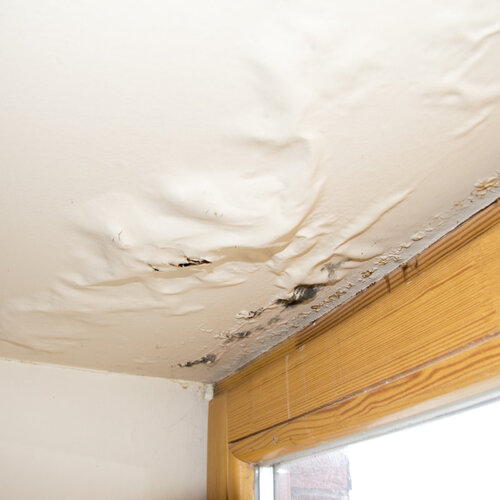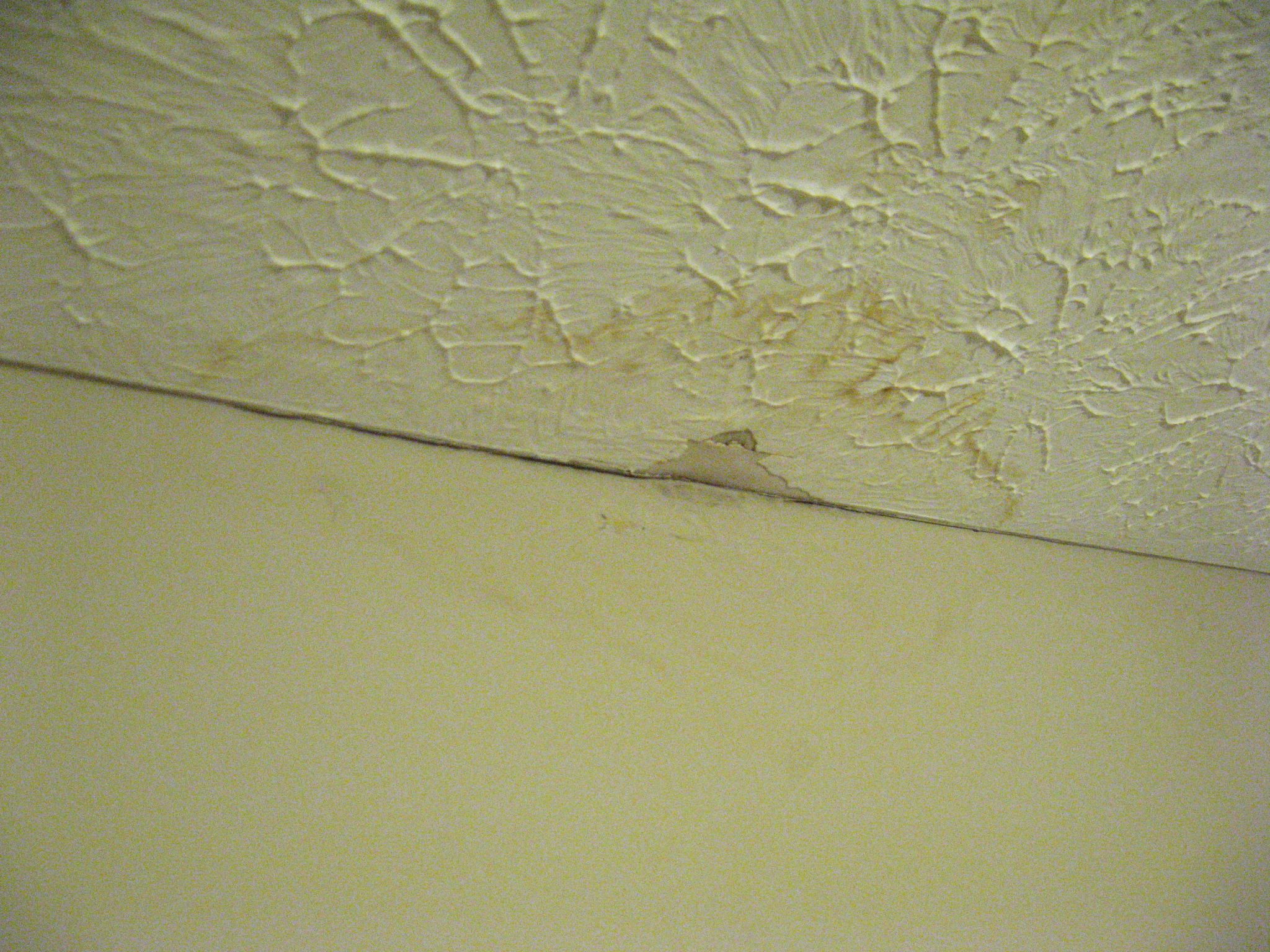The Six Most Common Water Leaks in Your Home: How They Happen and What to Do
The Six Most Common Water Leaks in Your Home: How They Happen and What to Do
Blog Article
Are you trying to locate help and advice around How to detect water leaks in your home?

Leakages not only trigger waste of water but can also trigger unnecessary damage to your home and also advertise undesirable organic growth. Water leaks could go undetected considering that most of the pipework in our home is concealed. By recognizing and also looking for everyday scenarios that trigger leaks, you can protect your home from future leakages as well as unnecessary damages. Today, we will look at 6 leakage triggers that may be creating your pipes to trickle.
Trespassing origins
Many water leakages start outside the home instead than inside it. You may see wet patches or sinkholes in your backyard, and that may suggest that tree roots are attacking water lines causing water to seep out.
Rusty water supply
As time passes by, your plumbing system ages as well as corrosion such as rust might begin eating away the pipes. This may be the source of discoloration or bending on your pipes. This calls for an evaluation with your plumber quickly. If our plumbing system is old, consider replacing the pipes since they are at a higher danger of rust than the more recent versions.
Faulty Pipe Joints
The point at which your pipes attach is regularly the weakest web link in the waterline. Pipeline joints can degrade with time, causing water leakages. However, the majority of pipe joints are not conveniently noticeable. If you have loud pipelines that make ticking or banging noises, particularly when the hot water is turned on, your pipe joints are possibly under a great deal of stress. It is suggested to have your plumber evaluate your system annually.
Instantaneous temperature level modifications.
Extreme temperature level modifications in our pipes can trigger them to expand and also contract all of a sudden. This growth and tightening may cause splits in the pipes, especially if the temperature level are below cold.
Poor Water Connectors
At times, a leakage can be caused by loose tubes and also pipes that supply your devices. In case of a water links leakage, you may see water running directly from the supply line or pools around your devices.
Clogged Drains
Blocked drains pipes might be aggravating as well as inconveniencing, yet they can in some cases wind up creating an overflow leading to rupture pipelines. Maintain eliminating any kind of materials that may decrease your drains pipes that can block them to avoid such troubles.
All the above are sources of leakages but not all water leaks arise from plumbing leakages; some leakages may originate from roof covering leaks. All leaks ought to be repaired promptly to stay clear of water damages.
Leakages not only trigger waste of water but can likewise trigger unneeded damages to your residence and promote unwanted organic growth. By looking and also recognizing for day-to-day scenarios that create leakages, you can protect your home from future leakages and also unneeded damages. Today, we will certainly look at six leak triggers that may be creating your pipelines to trickle.
At times, a leakage can be created by loosened pipes and also pipelines that supply your home appliances. In situation of a water connections leak, you may notice water running directly from the supply line or pools around your devices.
How To Check For Water Leak In Your Home
How To Check for Leaks
The average household's leaks can account for nearly 10,000 gallons of water wasted every year and ten percent of homes have leaks that waste 90 gallons or more per day. Common types of leaks found in the home are worn toilet flappers, dripping faucets, and other leaking valves. These types of leaks are often easy to fix, requiring only a few tools and hardware that can pay for themselves in water savings. Fixing easily corrected household water leaks can save homeowners about 10 percent on their water bills.
To check for leaks in your home, you first need to determine whether you're wasting water and then identify the source of the leak. Here are some tips for finding leaks:
Take a look at your water usage during a colder month, such as January or February. If a family of four exceeds 12,000 gallons per month, there are serious leaks.
Check your water meter before and after a two-hour period when no water is being used. If the meter changes at all, you probably have a leak.
Identify toilet leaks by placing a drop of food coloring in the toilet tank. If any color shows up in the bowl after 10 minutes, you have a leak. (Be sure to flush immediately after the experiment to avoid staining the tank.)
Examine faucet gaskets and pipe fittings for any water on the outside of the pipe to check for surface leaks.
Undetected water leaks can happen without the home or business owner even realizing. If you suspect a water leak, but not able to find the source. It is time to contact a professional water leak detection service, The Leak Doctor.
How To Find a Water Leak In Your Home
https://www.leakdoctor.com/blog/How-To-Check-For-Water-Leak-In-Your-Home_AE197.html

As a keen reader about How to detect water leaks in your home, I thought sharing that piece of content was worthwhile. Those who appreciated our blog entry please do not forget to share it. Thanks for your time. Visit us again soon.
Schedule Service Report this page